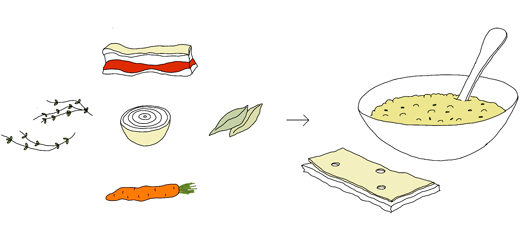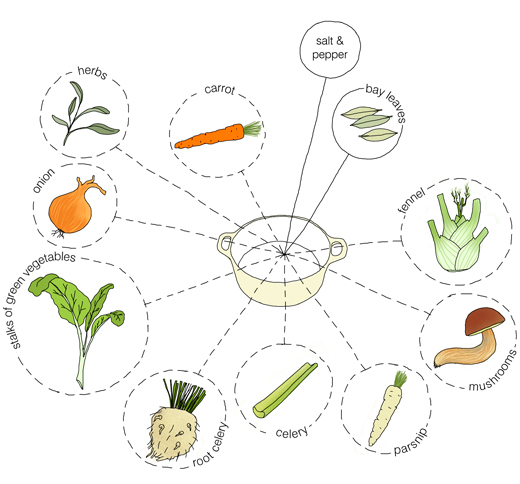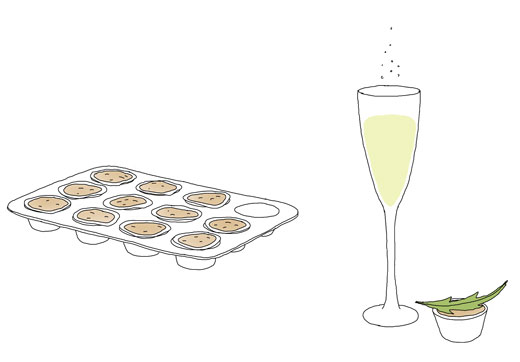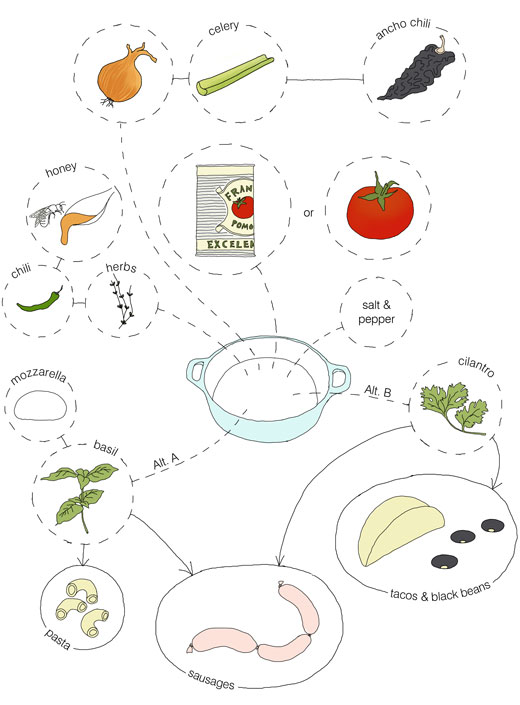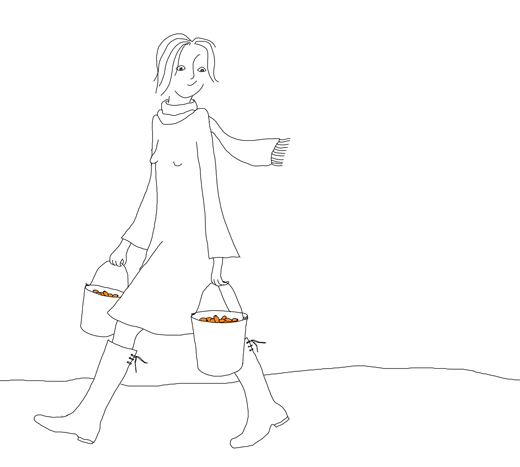
In Sweden you eat yellow pea soup and thin pancakes every Thursday, or at least its popular to do so. The tradition has its roots from the middle-ages, where it was a preparation for Friday which was a day of fasting at that time. Nowadays its common to serve the soup with hot Punch, a sweet arrack flavored spirit. Its one of those odd combinations that actually works.
To make the soup, use whole yellow peas* that you soak for about 12 hours. After soaking, cook the peas in some water together with a whole piece of salted pork** (or if you prefer, cut into smaller pieces), onion, bay leaves and plenty of thyme (marjoram can also be used). I don’t mind adding a carrot into the soup, its not essential but it give the soup a sweet touch that I like. Just before the peas are done (almost mushy) you take out the meat and slice it. The meat can be served on the side or in the soup. If necessary season with salt. Serve the peasoup with mustard and buttered hard bread (knäckebröd). And to my taste don’t forget the hot Punch.
I often skip the thin pancakes but for most Swedes this is the grande finale of this meal! They should be served with whipped cream and jam.
* in case you don’t find whole yellow peas, yellow split peas may be used, just skip the soaking and follow the rest.
** bacon or similar may be used if its impossible to find salted pork.
